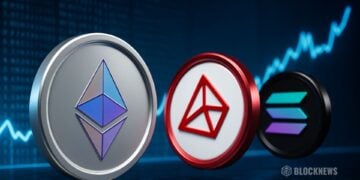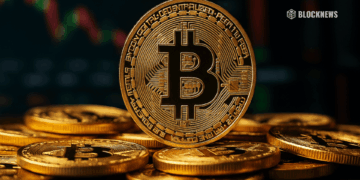- Powell told Congress the Fed will wait for clearer inflation data before considering rate cuts, despite Trump’s attacks.
- Inflation is expected to tick up slightly in May, but the Fed sees no urgent need for policy changes.
- Markets are pricing in a low chance of a July rate cut, with higher expectations for action in September.
Federal Reserve Chair Jerome Powell emphasized Tuesday that the central bank is in no rush to cut interest rates, preferring to wait for more data on how Trump’s tariffs will affect inflation. Speaking before the House Financial Services Committee, Powell reiterated that the economy remains strong and the job market is solid, but inflation remains slightly elevated above the Fed’s 2% target. While recent data suggests only mild price increases, the long-term effect of tariffs remains uncertain.
Political Pressure Meets Fed Independence
Powell’s remarks came alongside the Fed’s monetary policy report and were filled with cautionary tones about reacting too quickly. He said policymakers are “well positioned to wait” and emphasized that political pressure from the White House won’t sway their decisions. President Trump ramped up his attacks on Powell, calling him “very dumb” and urging Congress to intervene, but Powell insisted politics play no role in Fed policy decisions.
Inflation Forecast and Tariff Impact
Inflation forecasts for May suggest a slight uptick, with the Fed expecting core inflation to rise to 2.6%. However, Powell noted that tariffs typically result in one-time price increases and not necessarily long-term inflation, reinforcing the Fed’s decision to hold off on rate cuts until more data becomes available. The Federal Open Market Committee (FOMC) unanimously voted to hold rates steady last week, with internal projections showing a split over the timing and number of cuts in 2025.
Rate Cut Outlook and Market Expectations
While some Fed governors have expressed support for a potential rate cut in July, market expectations remain cautious, with just a 23% chance of a cut this month. Most economists now predict the next rate move won’t come until September, depending on how inflation data evolves over the summer.














